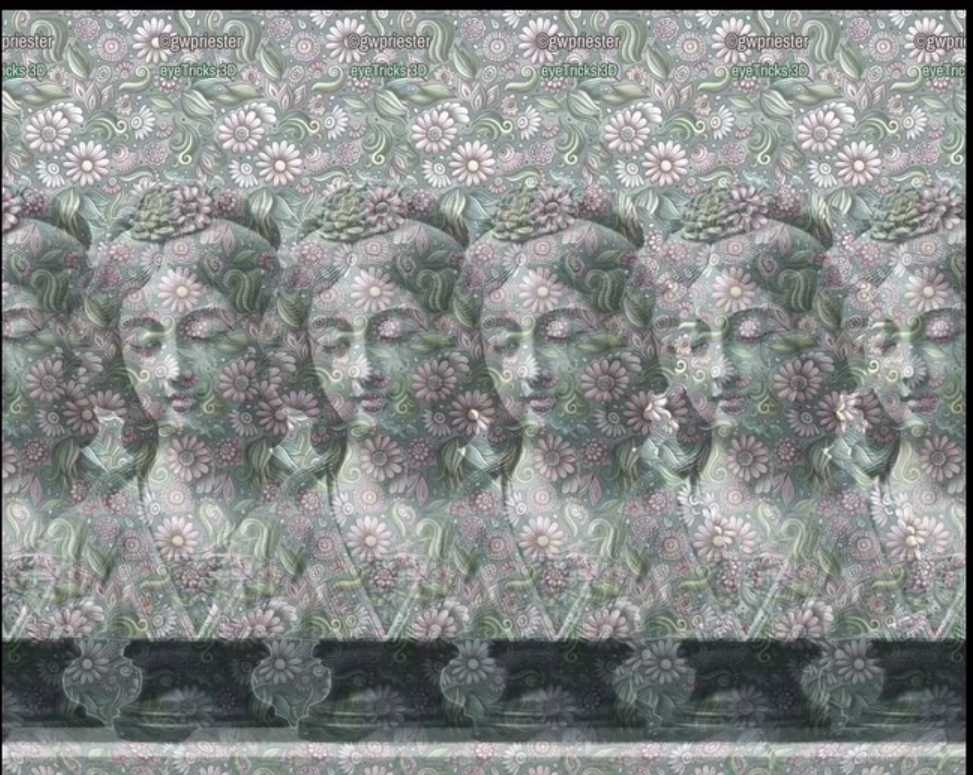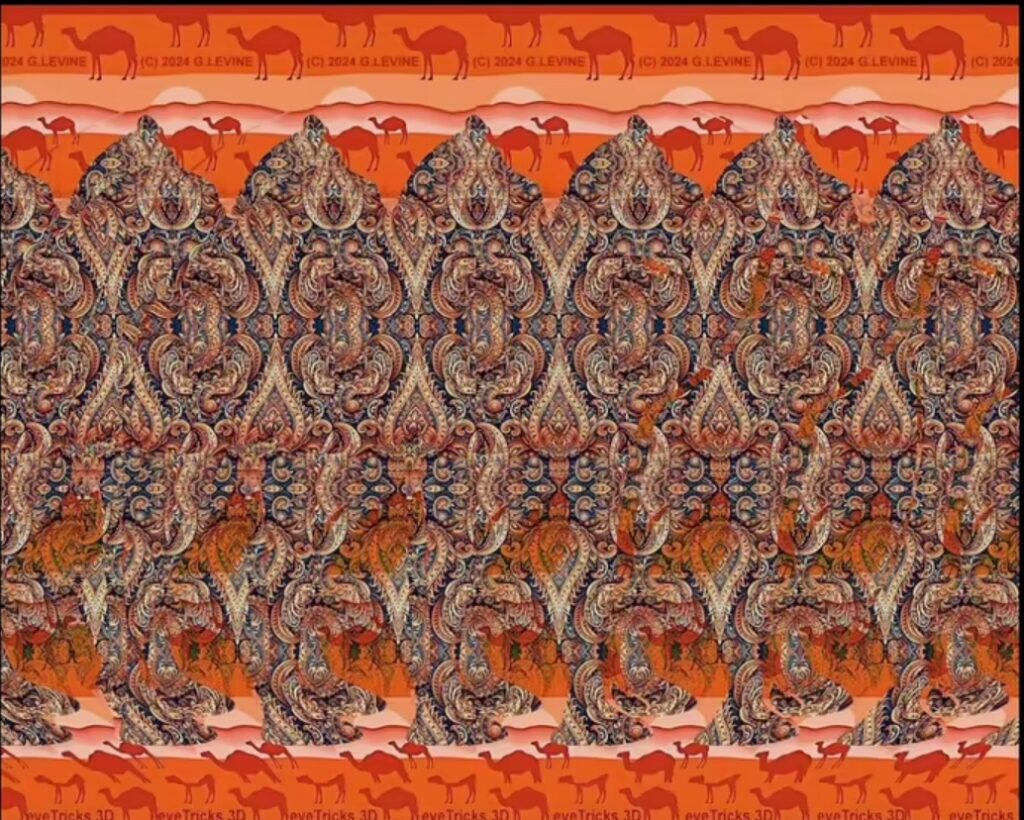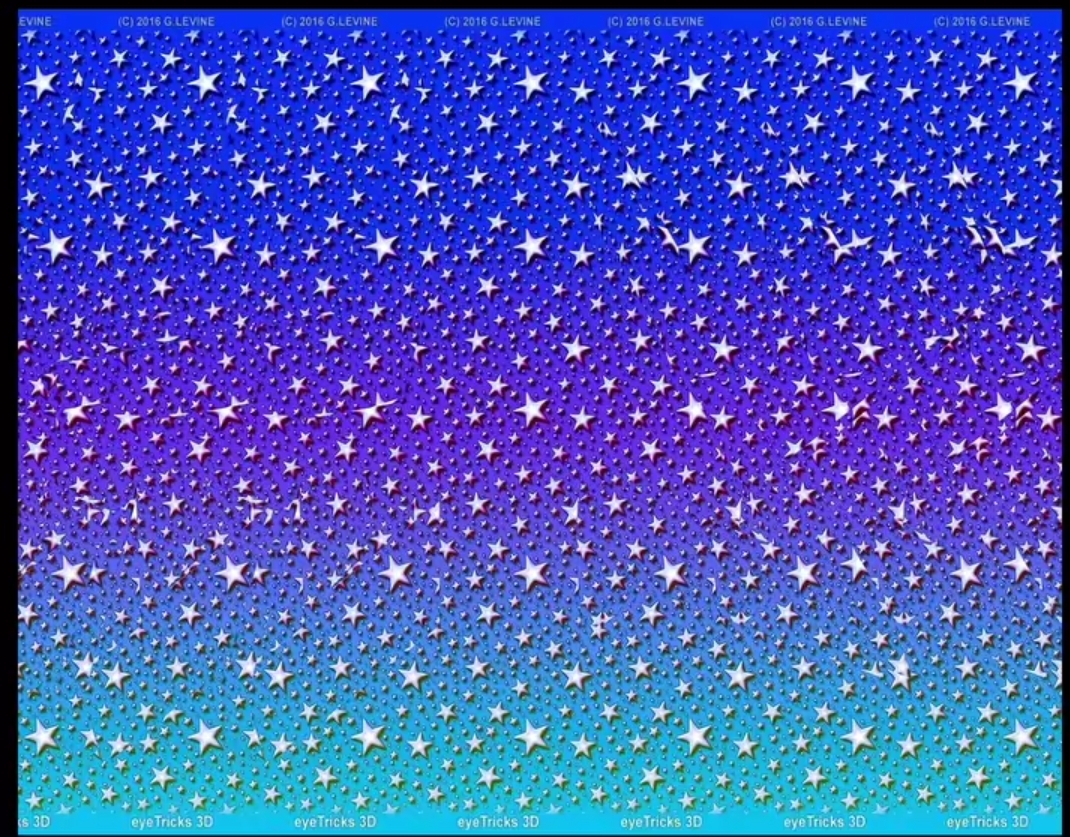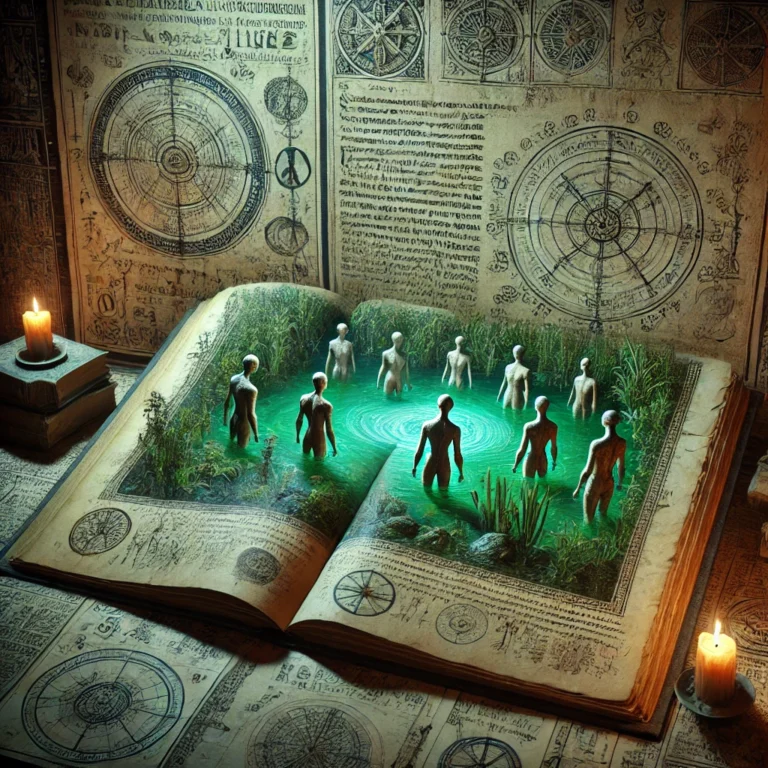Stereograms, often referred to as autostereograms or Magic Eye pictures, are a type of optical illusion that tricks the brain into perceiving three-dimensional images from what are essentially two-dimensional patterns. Here’s a deep dive into the world of stereograms:
What is a Stereogram?
A stereogram uses the disparity between the images seen by each eye to create the illusion of depth. When viewed correctly, the flat, repeating pattern on a stereogram will resolve into a hidden 3D image. This is achieved by:
- Repeating Patterns: The background of a stereogram consists of a repeated pattern, which camouflages the hidden image.
- Depth Cues: Disparities in the pattern allow each eye to see a slightly different view, mimicking how we naturally perceive depth.
History of Stereograms
- Early Beginnings: Stereograms have roots in the 19th century with stereoscopes, devices that used two pictures of the same scene taken at slightly different angles to produce a 3D effect.
- Modern Autostereograms: The concept was modernized in the late 20th century with the advent of computer graphics. In 1991, “Magic Eye” books popularized this form, where you could see 3D images without any special equipment, just by focusing your eyes in a particular way.
How to View a Stereogram
Viewing a stereogram might take some practice:
- Relax Your Eyes: Look through the image rather than at it. One technique is to hold the stereogram close to your face and then slowly move it away while keeping your eyes out of focus.
- Cross-Eyed vs. Parallel Viewing: There are two main techniques:
- Cross-Eyed: Cross your eyes until you see three images and focus on the middle one.
- Parallel Viewing: Try to make your eyes converge at a point behind the image, keeping them parallel as if looking at a distant object.
- Fixation: Once you see the 3D image, try to maintain that focus. The image might shift in and out of view initially.
Psychological and Visual Aspects
- Perceptual Learning: The ability to see stereograms can improve with practice, indicating that visual perception can be trained.
- Binocular Disparity: This is key; the slight difference between what each eye sees helps in depth perception.
Uses and Applications
- Entertainment: Stereograms are popular for their fun and often surprising visual effects in books, posters, and digital media.
- Education: They can teach concepts of vision and perception in psychology and neurology classes.
- Therapy: In some cases, they’re used in vision therapy to improve eye coordination or in cognitive therapy to enhance focus.
Cultural Impact
The stereogram boom in the ’90s led to a cultural phenomenon where people were eager to master the art of seeing these hidden images, sparking conversations, competitions, and even frustration among those who couldn’t see the 3D images.
Challenges and Limitations
- Not Everyone Can See Them: Some individuals have stereopsis issues, making it hard or impossible to perceive the 3D images.
- Strain: Prolonged viewing or incorrect techniques can lead to eye strain.
Conclusion
Stereograms are more than just a quirky visual trick; they are a testament to the complexity of human vision and perception. They offer a unique intersection of art, science, and psychology, challenging and entertaining us in equal measure. Whether you’re a seasoned viewer or a curious novice, the world of stereograms offers a fascinating glimpse into how we see and interpret the world around us.
Visual Examples:
Below, you’ll find some stereograms to try your hand at:




Try to relax your eyes and see if you can spot the hidden 3D images within these patterns. Remember, practice makes perfect!






